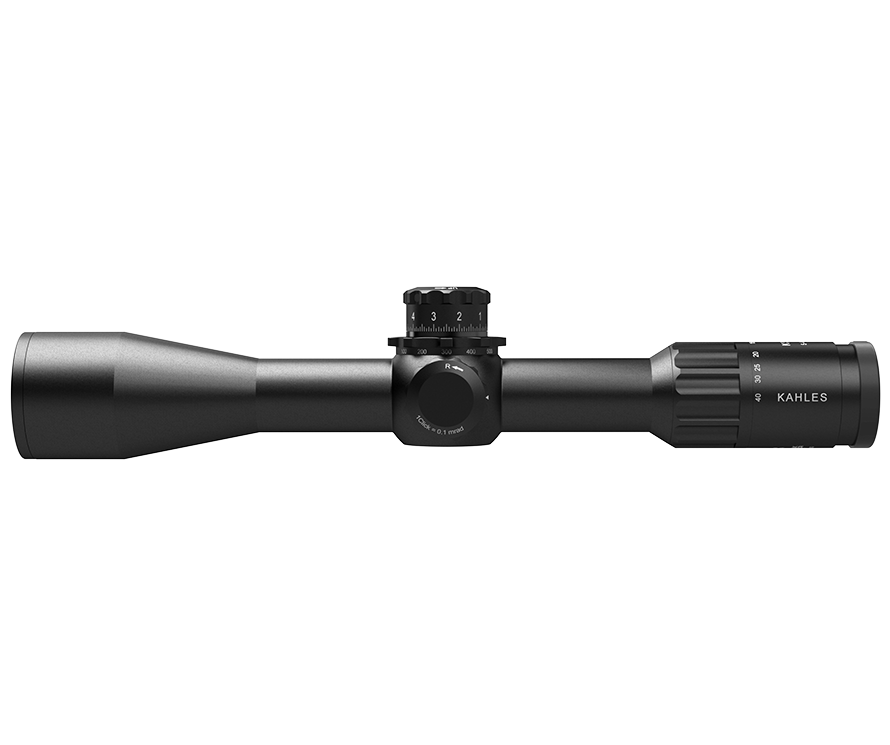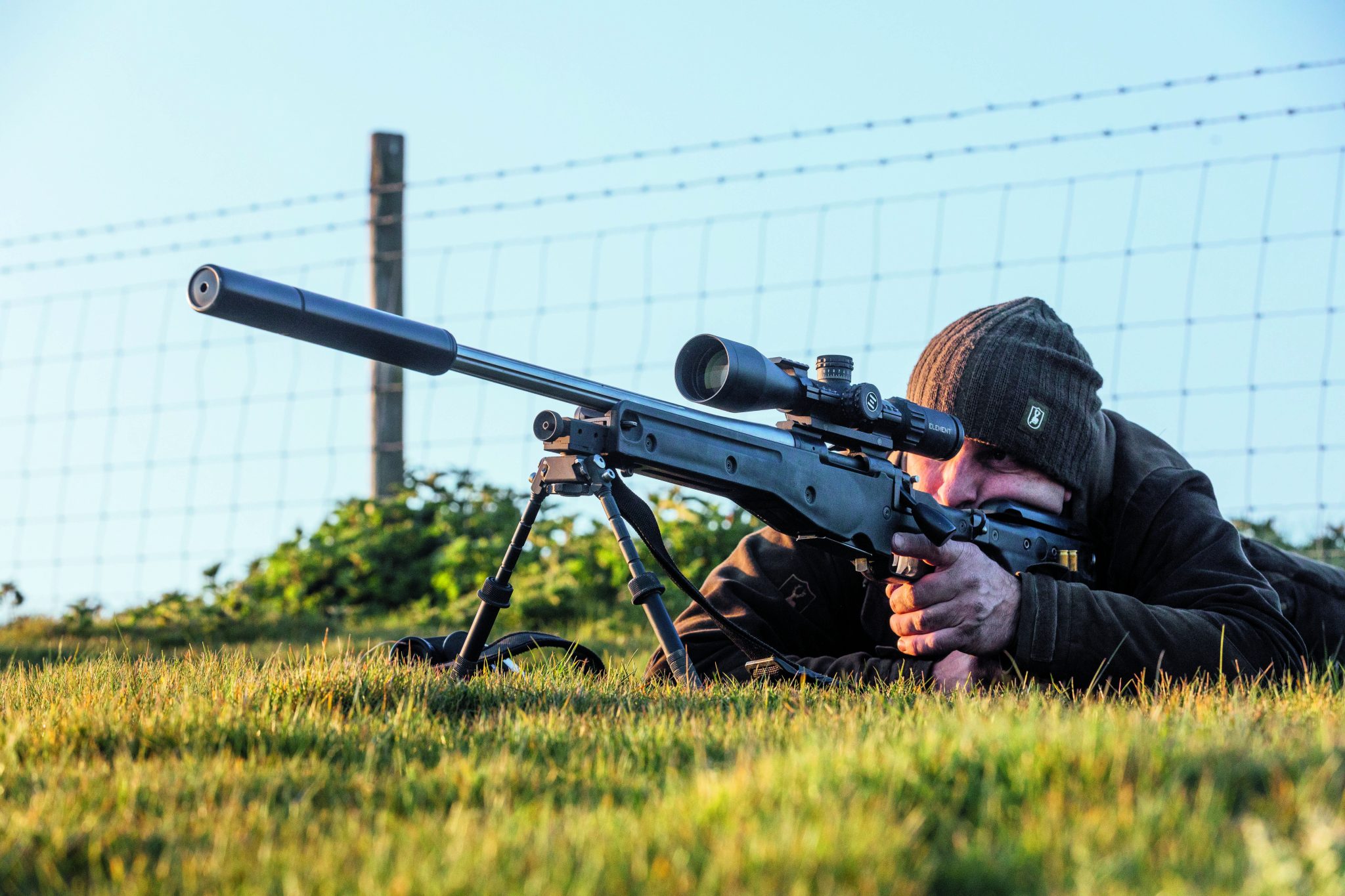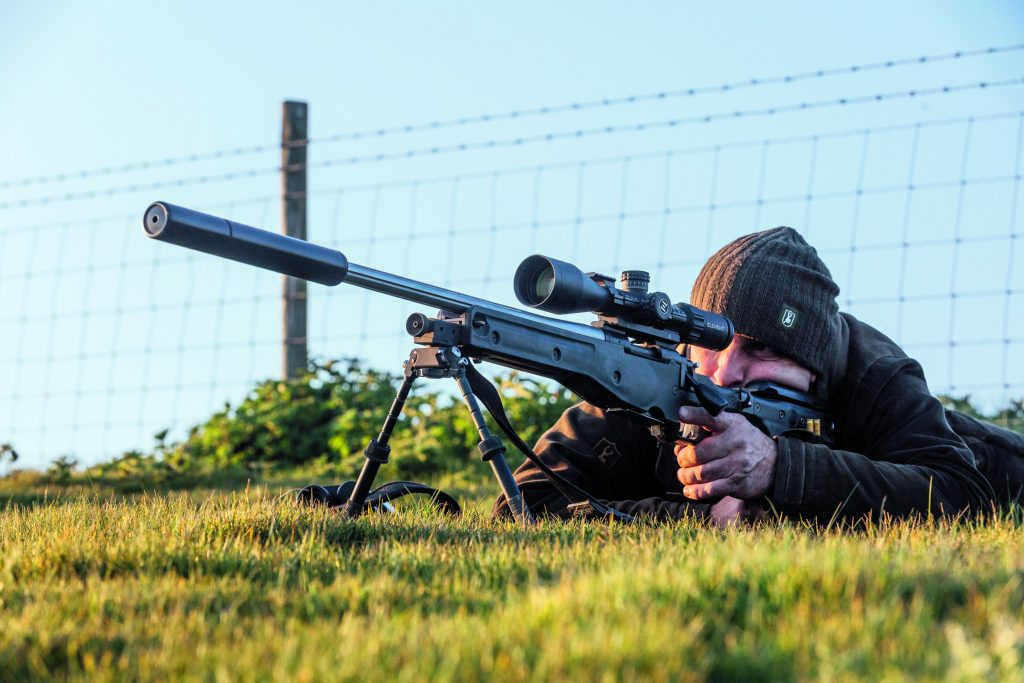News
Marocchi XTR
Would you like to speak to our readers? We offer sponsored articles and advertising to put you in front of our audience. Find out more.It is odd how ideas and values influence fashion, or are influenced by fashion. Take the semi-automatic shotgun: not so long ago it was welcome in shooting company as a dog with mange. Even otherwise enthusiastic firearms historians were wont to look askance at the semi-auto or self-loading shotgun.
Technically, it is, of course, the ultimate development of the shotgun. Such was the initial impact that years ago at least one British maker dabbled with upgrading bought-in guns to make them more palatable to the British market.
It was not to be — prejudice reigned. But times change and attitudes, especially over the past 20 or so years, have softened so that the semi-auto is now seen in a new light, an acceptable tool that is excellent for certain jobs. This is in part due to Italian flair, marching hand in hand with technical developments to produce guns that are stylish, light and fast-handling.
First impressions
The Marocchi, even with a 28in barrel, appears fairly long and measures 49in overall. However, the impression of length is just the visual effect because it is only about 2½in longer than many doubles with 30in barrels. The aluminium alloy receiver, though, is long, which it has to be to accommodate the length of the bolt or breechblock on full recoil and have sufficient room in the ejection port to eject 3in cartridge cases cleanly.
The styling qualifies as “restrained Italian” on the basis that there are some features that are shapely but plain, such as the receiver, while the stock and fore-end have clean lines with only the grip panels adding a modest extravagance.
Of course, the matt silk black finish adds to the restrained look, and what is described in the instruction manual as a forearm nut — the screw-on piece on the end of the fore-end that holds everything together — is an inadequate description because it is pleasingly shaped as well as practical to use. The XTR is supplied with the barrel detached to reduce the overall length of the packaging.
There are a couple of small matters to take into account. With the barrel and the bolt in the “at rest” forward position, the end of the arm or link that engages with the recoil spring situated in the stock can slide out of place.
By holding the gun vertical and rocking it backwards and forwards while pressing on the cocking lever, it will easily slip back into place. This is fairly normal practice with some types of semi-autos. The other thing is that it is necessary to clip the fore-end on to the barrel, then slide both the barrel into the receiver and fore-end over the magazine as one operation.
Handling
At 7lb on my scales, this is not a heavy shotgun for a semi-auto 12-bore, though the balance point is a little farther forward than on a double, giving a positive feel to the barrel.
This would increase with the optional 30in and 32in barrels, which could make it quite an attractive proposition to some clay pigeon shooters.
With a length of pull of 14¾in, this qualifies very much nowadays as the industry standard and spacers are provided to alter the cast of the stock. The butt-pad is quite soft, giving the impression that it will do its job well. The fore-end provides ample grip and follows a slim and pleasing style that was in vogue more than a century ago.
Taken all together, the feel, balance and handling are good enough to inspire confidence in use, especially for someone fairly new to shoo ting, while at the same time its characteristics would be appreciated by “older hands”.
As for the sling swivels, the XTR is likely to get put to some rugged use and, whether traipsing across a saltmarsh or carrying a sack of feed, a sling can be beneficial with a working tool such as this Marocchi.
Technicalities
The cycling of the XTR is, according to the advertising literature, achieved by “inertial kinetic energy caused by the recoil of the cartridge” — actually it says “shell” rather than cartridge but I cannot bring myself to use American slang.
Anyway, in basic terms it means that recoil unlocks the bolt head, so there are no gas ports in the barrel, no piston and link arms to operate the breech mechanism. The recoil spring is housed in the hollow butt and the cartridge feed mechanism has been refined and simplified compared with older designs. This is all welcome because in gun design simplicity is often the key to reliability, as long as the basic design is right.
Most of the operation will be familiar to anyone who has previously used a semi-auto. There is the bolt release on the right side of the receiver and the usual trigger-lock safety button situated in the rear of the trigger-guard. In the front of the guard is a small catch that is depressed to hold the bolt back in the open position.
Marocchi XTR on test
One snag that can occur with inertia- operated semi-autos is unreliable feeding of lighter loaded cartridges. On test I tried everything from 28g loaded cartridges to 46g and the XTR never failed to operate correctly. Cartridges included Lyalvale Express 30g Pigeon Special, Eley 30g Pigeon and 32g Hi-Flyer, Gamebore 32g Black Gold and the two extremes, NSI Diamond Sporting 28g and Eley Alphamax Magnum 46g.
With the larger loads, recoil was noticeable but not especially unpleasant, and used “for real”, rather than deliberate test shooting, the effect to the user would seem much less.
As with most — if not all — semi-autos, the trigger-pull is a little long but on this gun it was nice and smooth. When rapid-fire testing using a mixed bag of cartridges, the XTR never missed a beat, though the synthetic stock seemed to magnify, just a bit, the sound of the mechanism at work. It was still a great improvement on the older generation of semi-autos with their distinctive “ker-chunk” rattle next to the ear.
The XTR proved to be an easy gun to get on with. My only small criticism was that the rather soft recoil pad could drag a little on the shoulder if not mounted correctly.
Otherwise, it placed the shot patterns fairly much to point of aim but just high enough to see the “bird” right on top of the foresight.
Related articles
News
Anti-grouse shooting petition crushed by MPs who don't even shoot
Wild Justice's petition to ban driven grouse shooting was quashed in Westminster Hall yesterday, with all but one MP opposing the ban
By Time Well Spent
News
A sound decision as moderators to be taken off licences
The Government has finally confirmed what the shooting community has long argued – that sound moderators should be removed from firearms licensing controls
By Time Well Spent
Manage Consent
To provide the best experiences, we use technologies like cookies to store and/or access device information. Consenting to these technologies will allow us to process data such as browsing behavior or unique IDs on this site. Not consenting or withdrawing consent, may adversely affect certain features and functions.
Functional Always active
The technical storage or access is strictly necessary for the legitimate purpose of enabling the use of a specific service explicitly requested by the subscriber or user, or for the sole purpose of carrying out the transmission of a communication over an electronic communications network.
Preferences
The technical storage or access is necessary for the legitimate purpose of storing preferences that are not requested by the subscriber or user.
Statistics
The technical storage or access that is used exclusively for statistical purposes.
The technical storage or access that is used exclusively for anonymous statistical purposes. Without a subpoena, voluntary compliance on the part of your Internet Service Provider, or additional records from a third party, information stored or retrieved for this purpose alone cannot usually be used to identify you.
Marketing
The technical storage or access is required to create user profiles to send advertising, or to track the user on a website or across several websites for similar marketing purposes.





